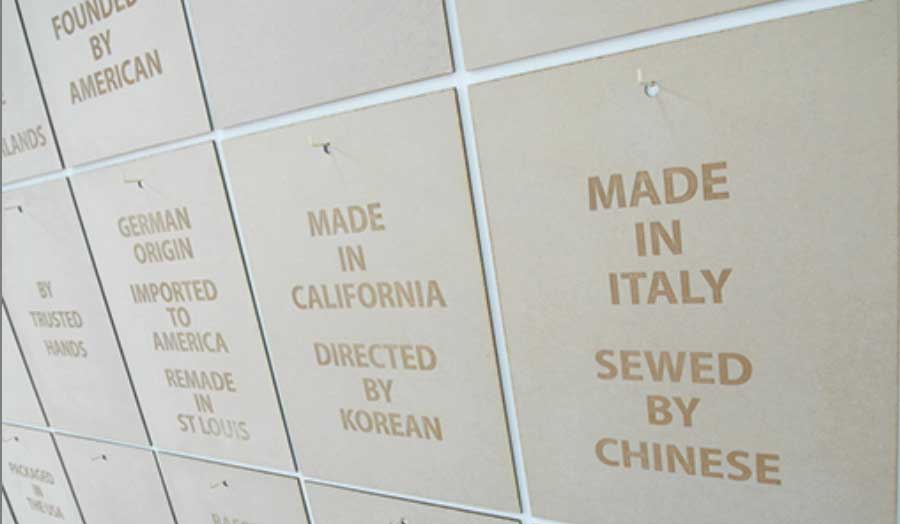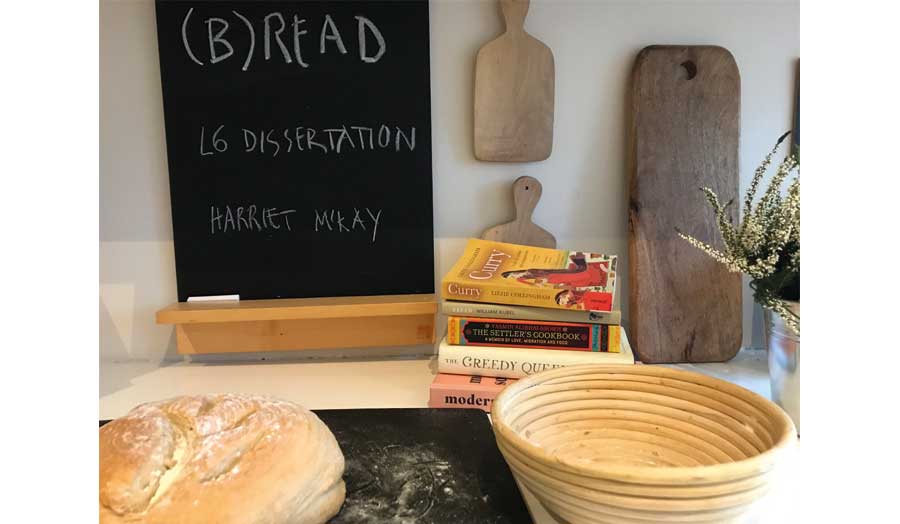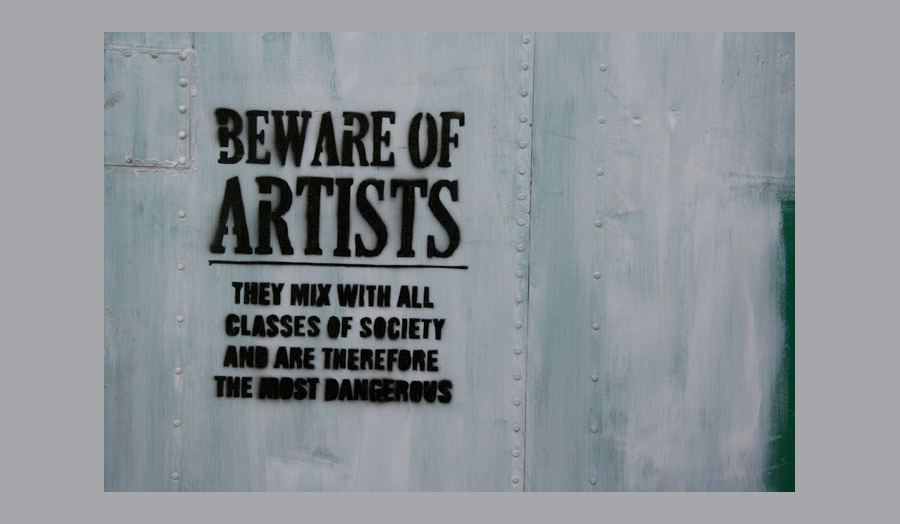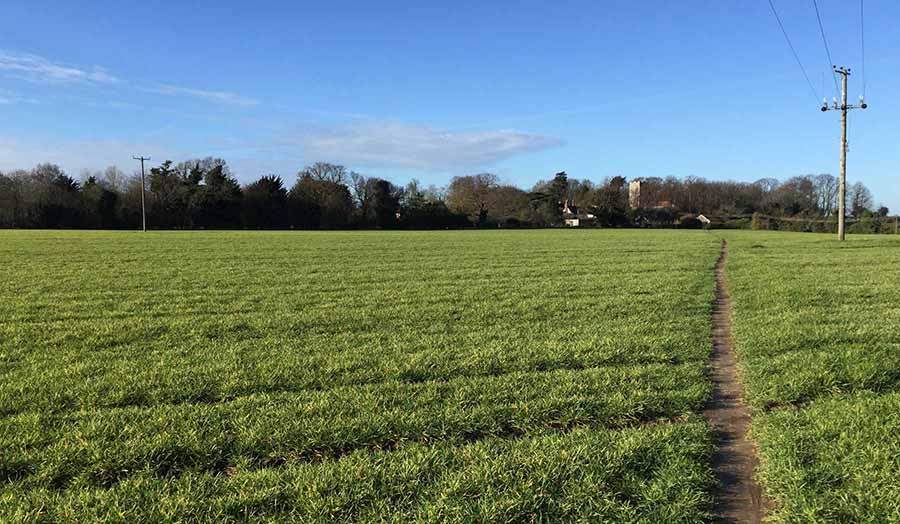Prof Nicholas Temple
This studio examines the physical and virtual conditions of human exchange, typified in such activities as monetary transaction, negotiation, public debate, confession, ritual, friendship and expressions of love, examining how particular settings or situations inform our relationship (and mode of encounter) with the ‘other’. The studio draws upon a rich body of philosophical/anthropological literature and visual material, and takes as its starting point the current challenges of human interaction in the Covid-19 pandemic (through the requirements of self-isolation and social distancing).
The on-going crisis of the global Covid-19 pandemic has put into sharp focus the changing patterns of human exchange in the contemporary globalised world, and the challenges this brings to the places where we live, work and socialise. These challenges should be seen in the context of our already technologically advanced environment of on-line communication, where the demands of working and socialising in isolation from home (or elsewhere) have inadvertently brought into question the role and meaning of physical spaces in our towns and cities. Reflected in the slow decline of the high-street, and the erosion of the civic realm more generally, this situation has been further amplified in the current crisis by the need to maintain social distancing, avoid physical contact with others (with the exception of co-inhabitants) and wearing protective masks in public places. Such requirements have created an atmosphere of fear, even paranoia, through the need to be vigilant in public spaces or even withdraw altogether.
This studio considers the current (exceptional) conditions of human exchange in a broader historical/social context, highlighting how facial/bodily gestures and the decorum of their physical/ambient surroundings have provided essential clues to the way we respond to, and interact with, the ‘other’.
The investigation aims therefore to provoke enquiry of the spatial-temporal conditions in our relationship with the world in general, and to other beings in particular; what Martin Heidegger calls mitsein (“being-with”). The term, which has been the subject of much debate among philosophers, sociologists and anthropologists, sheds light on how we can more productively address the growing impact of new forms of communication during a time of significant environmental, socio-political, economic and somatic/mental health challenges, averting in the process the further erosion of the role of physical spaces and places for meaningful and enduring human encounters and exchanges.
The studio will examine this topic through a series of key themes that aim to generate discussion about the different facets of human exchange and their historical and cultural backgrounds:
- Gesture, Rhetoric and Dialectic
- The ‘Perspectivisation’ of the World
- The Situational (spatial-temporal) understanding of Human Interaction
- The Individual and the Collective in Communicative Space
- Concepts of Friendship in the Public/Civic Realms and their Contemporary Transformations
Seminar series
Gesture, Rhetoric and Dialectic
A fundamental aspect of human interaction concerns modes of argument and dispute, and the manner in which communicative space facilitates meaningful dialogue and ultimate resolution. This issue will be examined in the context of the philosophical principles underlying dialectic, and how human gesture and the art of persuasion (rhetoric) can nurture and sustain human exchange. The theme will be further considered in the context of the role of on-line communication, with its limiting and bifurcated space of mutual exchange, for bringing to visibility body language.
The ‘Perspectivisation’ of the World
To understand the genesis of the technologies and practices surrounding on-line communication on mobile tablets, iPhones and computers, it is important to examine the early history of perspective; its ‘invention’ and symbolic/pictorial function in early modern culture. Described by Dalibor Vesely as signifying the first ‘glimmerings’ of modernity, the development (and geometric codification) of pictorial space provided the necessary optical conditions for the creation of what Martin Heidegger describes as the ‘world-picture’ (Ge-stell) in the modern world. This issue will be considered through an examination of the first perspective ‘experiments’ and writings in fifteenth century Florence (Brunelleschi, Lorenzo Ghiberti, Leon Battista Alberti) and their (contested) philosophical interpretations of vision, from Nicholas Cusanus to Maurice Merleau-Ponty.
The Situational (spatial-temporal) understanding of Human Interaction
Evidenced in literature and artistic representation, human interaction assumes particular spatial, temporal, luminary and material conditions to communicate a mood or emotive state of exchange. This theme will be examined in the context of a dispute between Martin Heidegger and Emmanuel Levinas concerning the meaning of ‘Mitsein’ (Being-with). This centres on the vexed question of the ethical dimensions of oneself in relation to the ‘other’, that involved differing views and priorities about the status and meaning of human exchange through individual/collective responsibility and the notion of a pre-existent world (setting). Examples from the ancient and early modern world will provide useful references for critically determining the nature of the ‘situational’ in the digital world.
The Individual and the Collective in Communicative Space
This theme will examine the historical role of civic space in giving cohesion and order to collective participation. Examining the social, spatial and political dimensions that define groups, the study will demonstrate the importance of civic and religious practices in providing a spatial-temporal framework for interaction. At the same time, the theme will consider how the assembly of crowds in ceremonial, ritual and ‘agonic’ events is always conditional upon the risk of creating disorderliness of the ‘mob’ that can occur in any situation of public participation. The resulting fine balance between planned order and unplanned/unforeseeable disorder will be examined in the light of the growing importance of the individual (and the self) in the public and private spaces of the city which took root in the Renaissance and became dominant in the modern age.
Concepts of Friendship in the Public/Civic Realms and their Contemporary Transformations
The final theme of this studio will examine the changing meaning of friendship and its public/private expression through different kinds of human exchange. The study will use a particular event in early fifteenth century Florence (a public poetry competition on the theme of friendship) as a starting point to demonstrate how architecture, ritual occasion and poetry served as public expressions of loyalty, love and fraternal bonds. This historical model will then provide a theoretical backdrop for examining the very different meanings associated with ‘virtual’ friendships that has become the ‘norm’ in on-line communication in contemporary society. In essence, what is the significance of the spatial/physical contexts, in our direct (face-to-face) encounter with the other, in the cultivation of friendship?
Suggested readings
On Mitsein, Being-with and Face-to-Face
- Emmanuel Levinas, Humanism of the Other (Champaign, IL: University of Illinois Press, 2005)
- Emmanuel Levinas, Totality and Infinity: An Essay on Exteriority (Pittsburgh: Duquesne University Press, 200)
- Nicholas Temple, ‘Mitsein as the Receptacle of Architecture’ in Intersections of Space and Ethos, edited by Kyriaki Tsoukala, Nikolaos-Ion Terzoglou and Charikleia Pantelidou (London: Routledge, 2015), pp.138-49.
- Irene McMullin, Time and the Shared World: Heidegger on Social Relations (Evanston: Northwestern University Press, 2013)
- Theodore Kisiel, The Genesis of Heidegger’s Being and Time (Berkeley, LA: University of California Press, 1993), pp.381-84.
Perspective
- Karsten Harries, ‘On the Power and Poverty of Perspective: Cusanus and Alberti,’ in Cusanus: The Legacy of Learned Ignorance, edited by Peter J. Casarella (Washington, DC: The Catholic University of America Press, 2006), pp.105-26.
- Karsten Harries, Infinity and Perspective (Cambridge, Mass: MIT Press, 2001), pp.20-124.
- Nicholas Temple, Disclosing Horizons: Architecture, Perspective and Redemptive Space (London: Routledge, 2007), Chapters 1-4.
- Nicholas Temple, Architecture and the Language Debate: Artistic and Linguistic Exchanges in Early Modern Italy (London: Routledge, 2020), Chapter 1.
- Nicholas Temple, ‘Lorenzo Ghiberti and Contested Views of Perspectiva in Renaissance Concepts of Space’, in (Forthcoming) Arabic Optics and Renaissance Perspective, edited by Agostino Paravicini Bagliani, Issue 29, Micrologus (Florence: 2021)
Gesture and Ethics
- David Michael Kleinberg-Levin, Gestures of Ethical Life: Reading Holderlin's Question of Measure After Heidegger (Stanford, CA: Stanford University Press, 2005), Chapters 8 & 9.
On Friendship
- Mark Vernon, The Meaning of Friendship (Basingstoke, Hampshire: Palgrave Macmillan, 2010)
- Reginald Hyatte, The Arts of Friendship: The Idealization of Friendship in Medieval and Early Renaissance Literature (Leiden: Brill, 1994)
- Dale Kent, Friendship, Love, and Trust in Renaissance Florence (Cambridge, Mass: Harvard University Press, 2009), pp.17-25.
On Human Exchange and Cooperation in Groups
- Richard Sennett, Together: The Rituals, Pleasures and Politics of Cooperation (London: Penguin, 2013),
- Richard C. Trexler, Public Life in Renaissance Florence (Ithaca: Cornell University Press, 1991), Chapter 3
- Richard C. Trexler (Ed.), Persons in Groups: Social Behavior as Identity Formation in Medieval and Renaissance Europe (Binghamton: State University of New York Press, 1985), Introduction, Part 2 (Ronald Weissman)
On Cyberspace and the Internet
- Margaret Wertheim, The Pearly Gates of Cyberspace: A History of Space from Dante to the Internet (London: Virago Press Ltd; 1999)
- Hubert L. Dreyfus, On the Internet (London: Routledge, 2008)
*
Studio image: Formal greetings between a Tao priest and villager. Based on an exhibition of mannequins at the Filial Piety Hall at Qiu Zhuang 仇庄 in China, to instruct local villagers of moral codes from the Book of Filial Piety (Xiao Jing) based on teachings of Confucianism (photo by Nicholas Temple). Banner: Hans Op de Beeck, Staging Silence (3), video still (detail), 2019

Details
| Tutor | Nicholas Temple |
|---|

-(1)-(1)-(1).jpg)
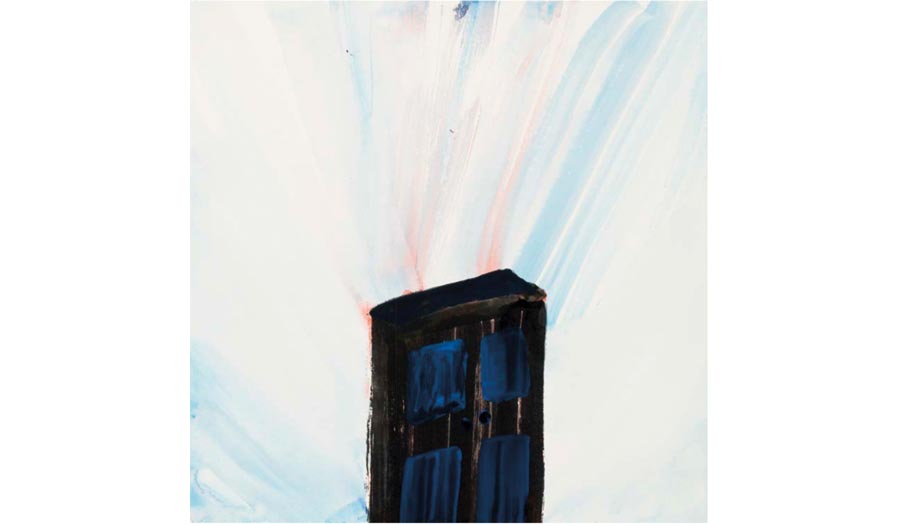
-(1).jpg)


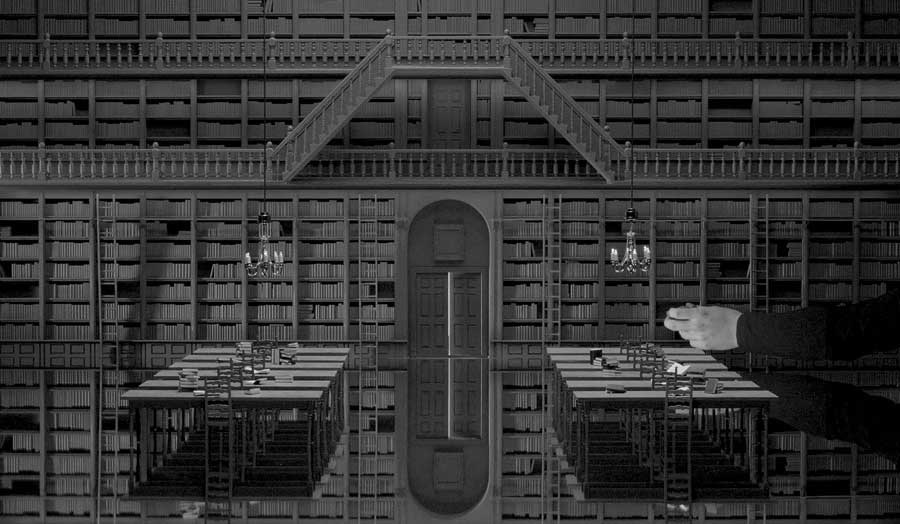
-(1).jpg)

-(1).jpg)


